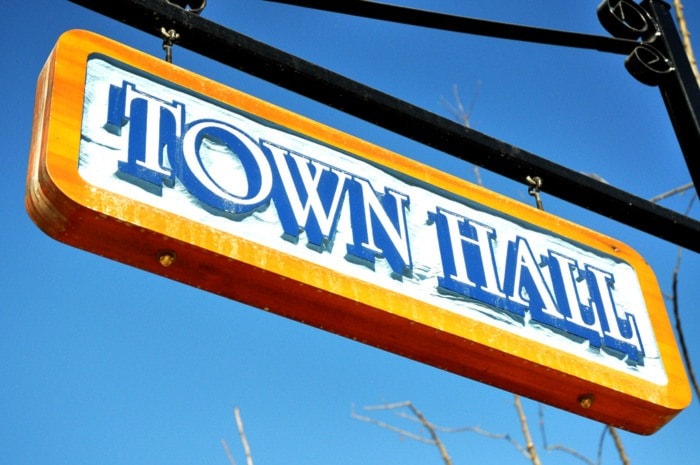Creston town council directed staff to proceed with the required public notice to approve a development variance permit for the owner of a property at 324 16th Ave. N.
Martin Campbell plans to build two eight-unit buildings on his property, and has requested that the required rear yard setback be reduced from 7.6 metres (25 feet) to three metres (10 feet) in order to fit the required 20 parking spaces at the front.
The yard is an unusual panhandle shape and “fitting the required number of parking spaces into that space is tricky,” municipal services co-ordinator Ross Beddoes told council at Tuesday’s regular meeting.
The property’s rear is against Alex Nilsson Field, and concerns were brought up about the buildings’ proximity to green space and the sports field.
“Maybe what he should consider doing is buffering it with some soft landscaping, like some trees,” said Coun. Scott Veitch. “If he wants to build that close, it’s his building that’s going to get booted with the balls.”
The property is currently zoned for apartment and residential development, but if it were rezoned for multi-family dwelling, the required setback would be only the 10 feet Campbell has requested.
“I’d be more comfortable with that than setting a precedent,” said Coun. Judy Gadicke.
Coun. Wes Graham, acting as mayor in Ron Toyota’s absence, said that he was comfortable with the idea of simply varying the setback on that property.
“If you change one, you don’t have to change the next one,” he said. “It’s only precedent if you feel you need to do that on the next one.”
The variance, Beddoes noted, would only apply to this developer for this project, so it wouldn’t carry over if the property sells prior to building or the project falls through.
“If nothing happens for two years, it goes away,” he said.
